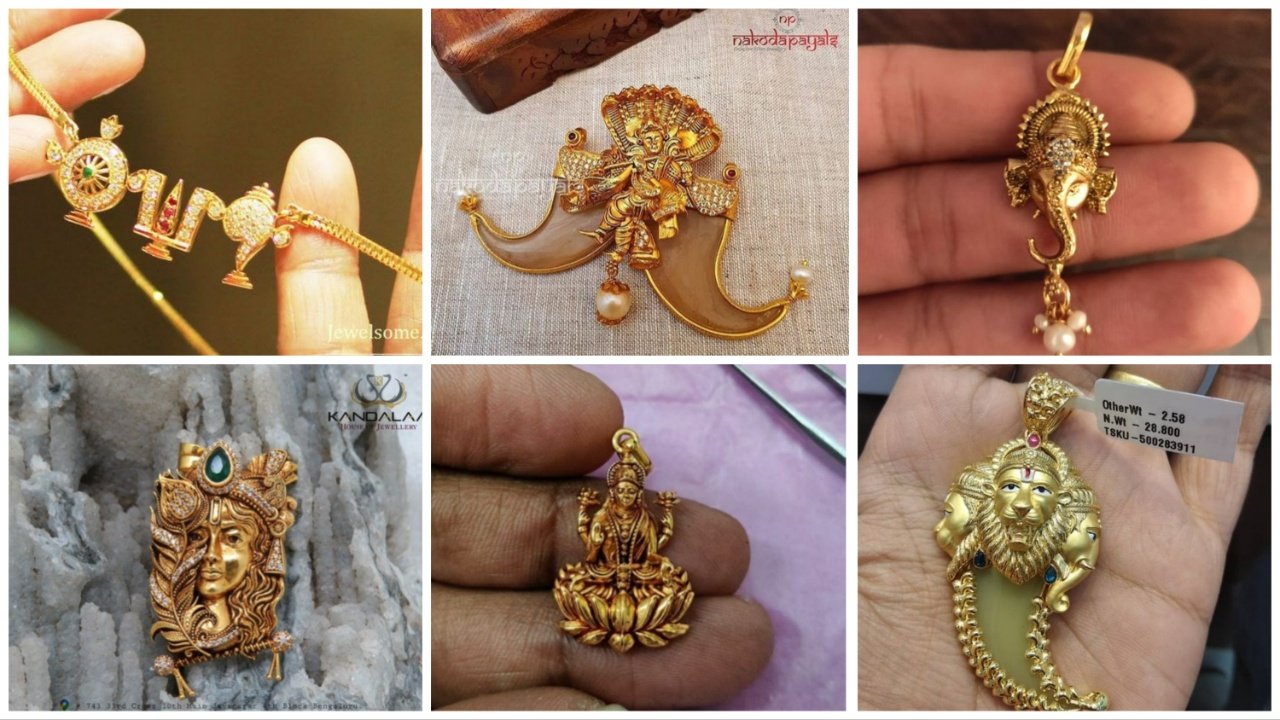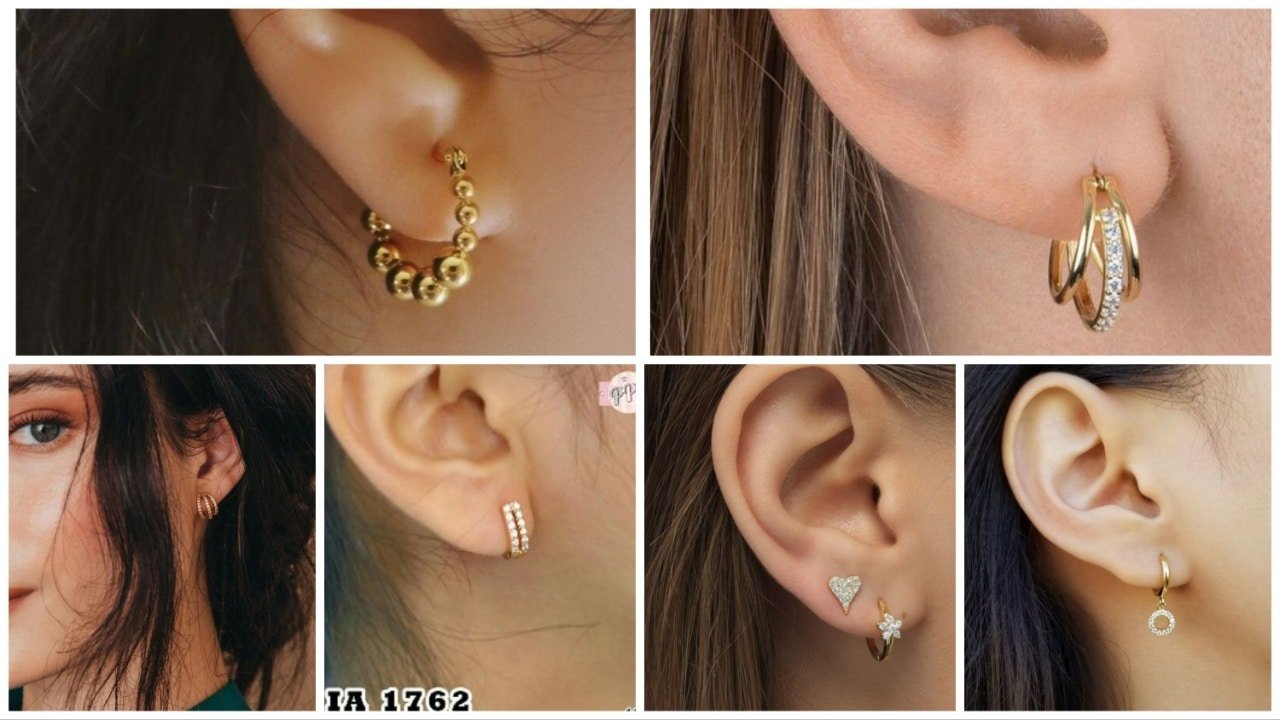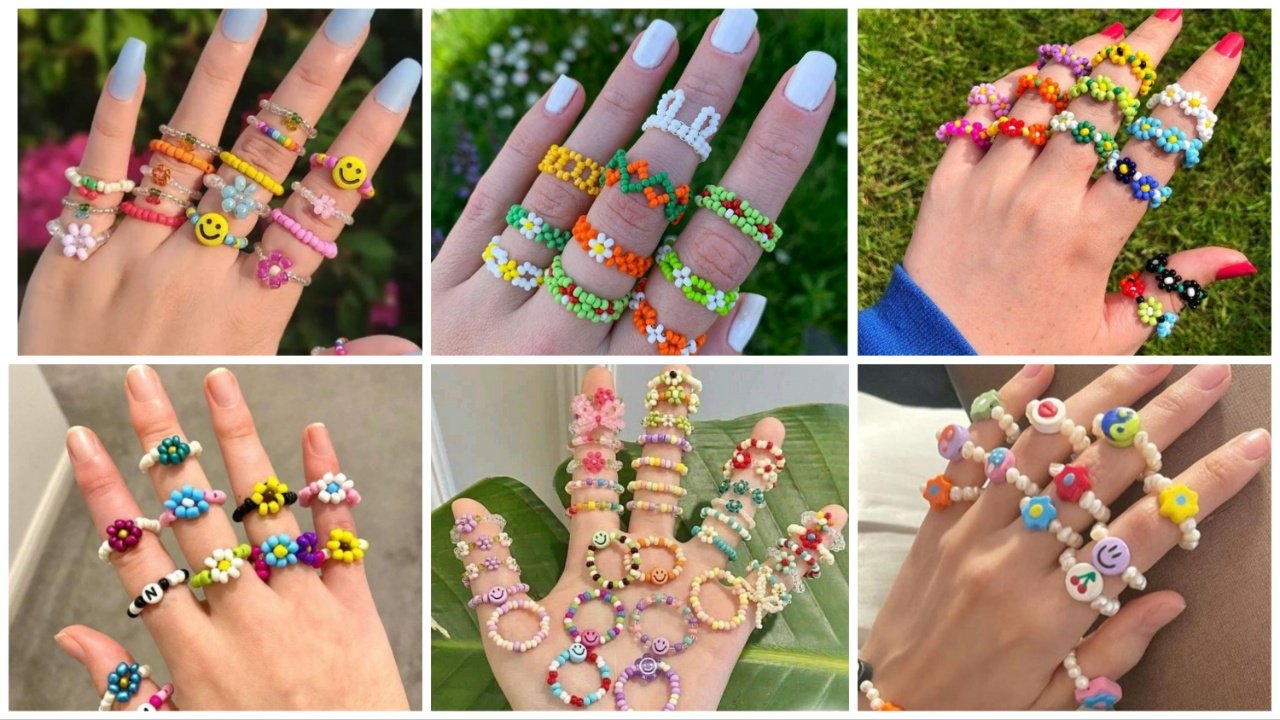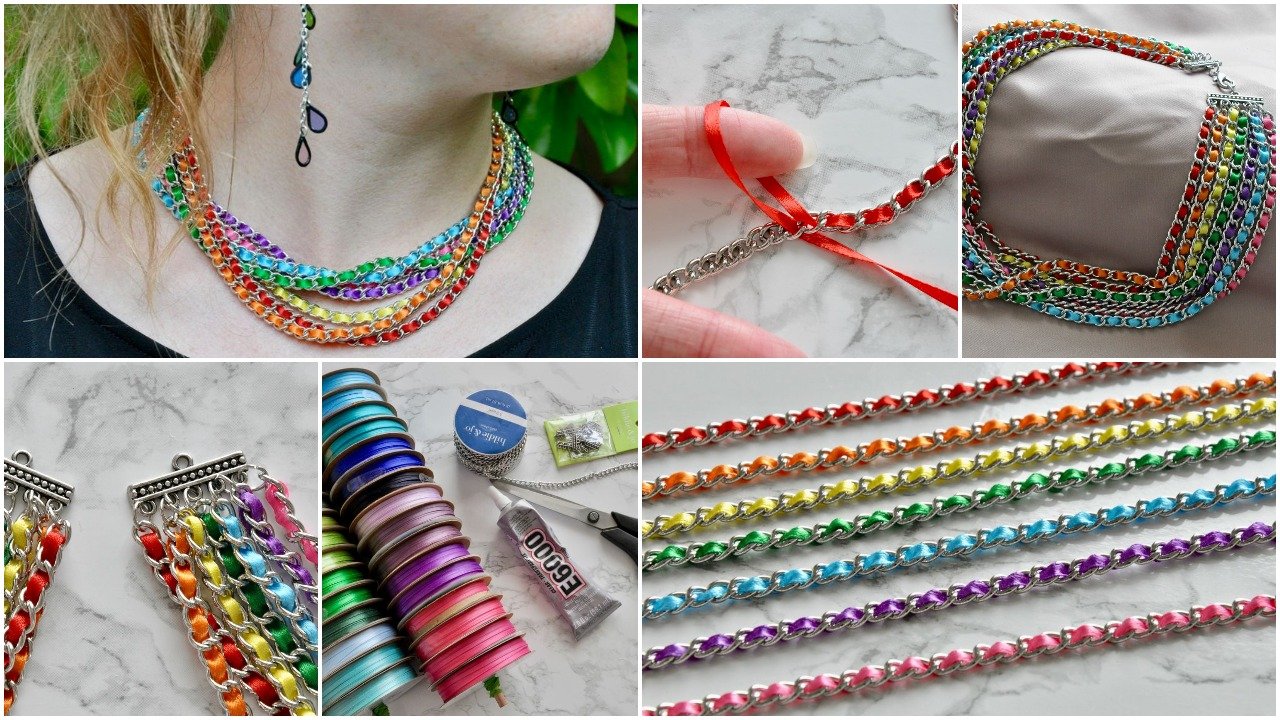Quilling- beehive technique
Rapid filling of an arbitrary area or volume monotonous delicate swirls, obtained by using a tool on a long strip, with an imitation of mosaic effect. Most often used in conjunction with Beehive contour Quilling, which marks the border filling elements and gives form calligraphic precision.

Pros:
fast – time savings on circumcision, forming parts and gluing rolls huge, up to 80% of the time!
You can fill in backgrounds and larger areas of arbitrary shape, getting even elegant openwork
technique can be used both for reasons set out on the substrate, and for the patterns of air
Minuses:
You need to have a tool with a slot (however, broken needles, toothpicks split, incised handle bar too thin tweezers rescue)
the best results can only be obtained with special strips for quilling
it is impossible to make a pattern in the style of pointillism, where small parts of different colors form a pattern

How it’s done
Take the whole strip and tools with a slot. Scissors and glue is not necessary. The tool is inserted into the slot is not the tip of the bar and the place 3-4 cm from the edge.

The tool rotates and twists the strip and place it on the left of the original location, and right. Tool accurately extracted, on the strip is double curl. Stepping away 3-4 cm, the tool again grabs and twists the strip until the first curl approaches the wound.

Again removed again retreats – and so it goes on until the entire strip is over. The result is a chain free of double rolls.

The distance is selected equal to 3-4 cm, of course, can be varied, as a result of one standard 30 cm strips can turn a chain of 8-20 “sheep” – and no breaks for cutting, pasting, huge time savings!
And, of course, as no experiments!

1. CLASSIC! Curls of equal size, twisted in one direction: waves or meanders. The tool captures the strip at regular intervals and always rotate in the same direction.
2. Curls of equal size, twisted pairs oppositely. The tool captures the strip at regular intervals, but rotated alternately clockwise and counterclockwise. From such a blank can quickly make a garland of hearts, prischipnuv “noses” between the facing swirls


3. Different dimensions curls. The tool captures the strip at random distances and turns in different directions. It turns out this “perky” preform to create extraordinary and dynamic effects
4a. Small waves: strip through the tool captures centimeter and makes only one revolution around its axis, curls impacted
4b. The same pattern but slightly stretched turns soft wave
5. curled strip then can be compressed, you get a chain of sharp leaves, perfect for simulating a large number of leaves and graphically work with sharp lines.
The resulting preform is then placed into the circuit, where squeezed, stretched, or placed and glued to the background or to the side surfaces of the circuit if the substrate is absent (if the structure is more convenient to collect handmade rug, a file, folder, plastic or other smooth surface, which does not stick to the the adhesive used).

If necessary, the flexible connection curls easily adjustment: individual screw tighter curls can be completely arbitrary, and place them against each other.

Other work




















Courtesy: homyachok-scrap-challenge.blogspot.com
: rings?fref=pb&hc_location=profile_browser” target=”_blank” rel=”noopener”>Arista – Quilled Paper Earrings












